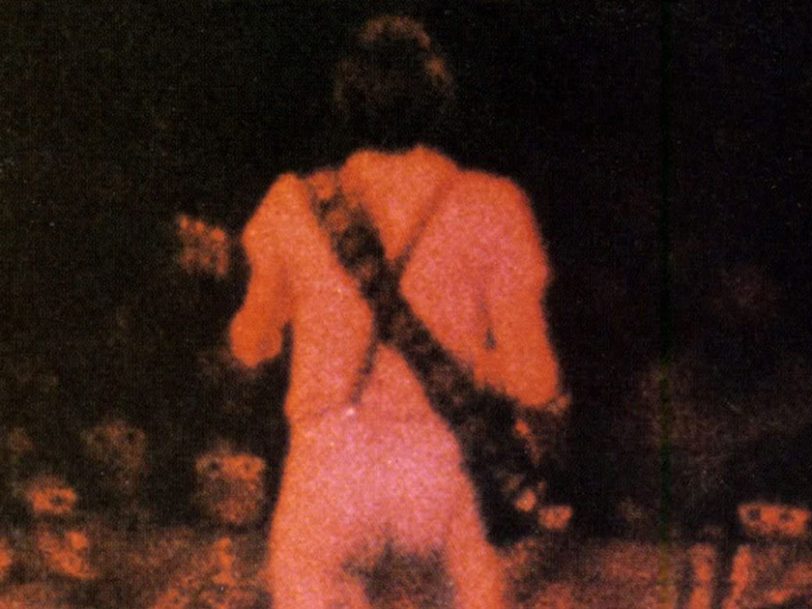In Neil Young’s ever-expanding discography, November 1979’s Live Rust is listed as the singular Canadian singer-songwriter’s second official live album. Broadly speaking, that’s correct: it’s the in-concert souvenir from the US tour which had also spawned that summer’s successful part-studio, part-live album Rust Never Sleeps. But Live Rust also provided the blistering soundtrack for the concert film of the same name, which Young directed under his pseudonym, Bernard Shakey.
“Young hatched a preposterous idea: a very theatrical show with Crazy Horse”
Live Rust has enjoyed sustained critical approval for its musical content (Classic Rock declared it to be “right up there with The Doors’ slop masterwork Absolutely Live and Velvet Underground Live 1969”), but its celluloid counterpart also deserves credit – not least because it captures one of rock’s most innovative stage productions prior to the groundbreaking Talking Heads[] show captured in Johnathan Demme’s 1984 concert film, Stop Making Sense.
The kernel of Young’s 1978 Rust Never Sleeps tour is traceable back to his embrace of the nascent punk movement. In the same way that Irish blues-rock legend Rory Gallagher was struck by Sex Pistols’ attitude when attending their ill-fated final show at the Winterland Ballroom, in San Francisco, punk provided Young with an epiphany – though, in his case, it was Ohio art-punks Devo who caught his attention.
“We saw ‘Rust Never Sleeps’ as referring to corruption of innocence”
Having first encountered Devo when his actor friend Dean Stockwell took him to see them perform at The Starwood, in Los Angeles, Young was mightily impressed by the band’s surrealist humour and satirical social commentary – and the admiration proved to be mutual. Having signed with Warner Bros on David Bowie and Iggy Pop’s recommendation, Devo ended up being looked after by Neil Young’s manager, Elliot Roberts, while Young co-directed the wilfully weird nuclear holocaust comedy film Human Highway (eventually released in 1982), which starred Devo and Young himself.




